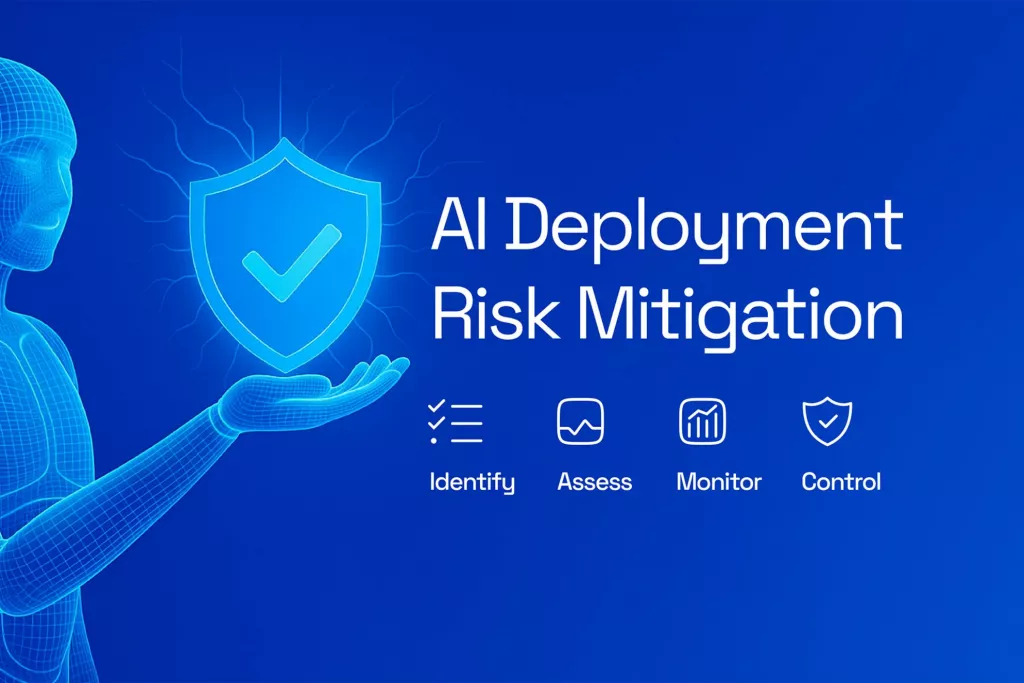
Monolithic vs. Microservices Architecture
Within monolithic architectures, all processes run coupled and as a single service. There could be times when a process experiences a spike in demand, therefore the entire application needs to be scaled. This creates numerous drawbacks and increases the risk of a process failure due to the increased complexity of adding to the code base. However, with a microservices architecture, the application is built as independent components that run each application process as a service.
Pros of microservices?
Independence
Microservices architecture allows each service to be developed, deployed and scaled independently. This allows a team to work on a specific service without affecting others.
Decentralization
Microservices break down an application into smaller, mangeable components. This decentralization reduces bottlenecks and single points of failure, among others.
APIs and communication
Services communicate via well-defines APIs, which enables seamless integration between them, often using lightweight protocols like REST or gRPC.
DevOps practices
Teams can develop, test and deploy individual services independently, streamlining the development lifecycle.
Complexity management
By breaking down an application into smaller services, each with a specific focus, the overall complexity of the system is reduced.
Scalability
Horizontal scaling means that individual services can be duplicated to handle increased load, and this is something microservices can do.
Resilience
A failure in one service does not necessarily affect the entire application, since microservices run independently.
Continuous deployment
By enabling teams to deploy changed to specific services without affecting the entire application, microservices facilitate continuous deployment.
While your in-house software team or CIO know what microservices are about, the above might be useful if you’re a non-technical from upper management deciding for the next software development project.



